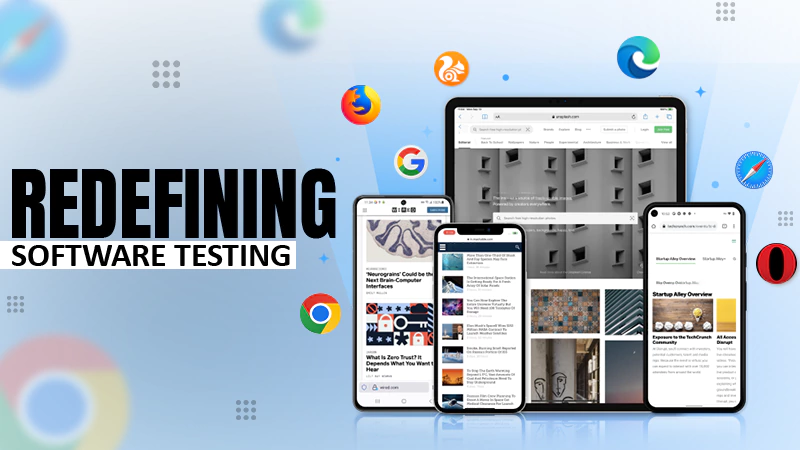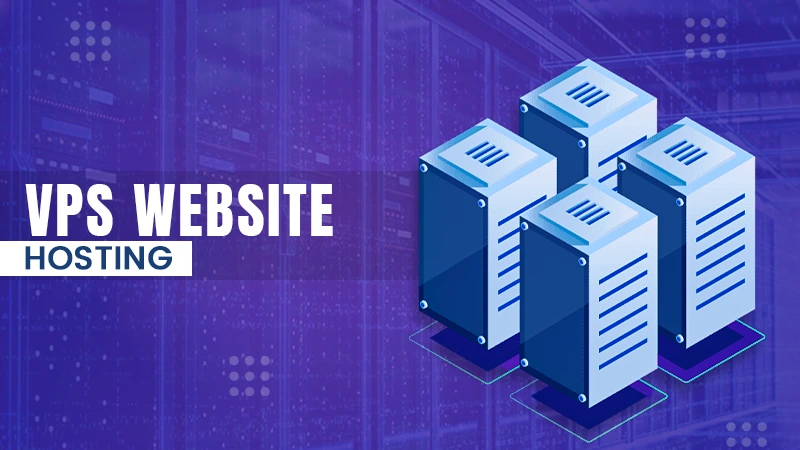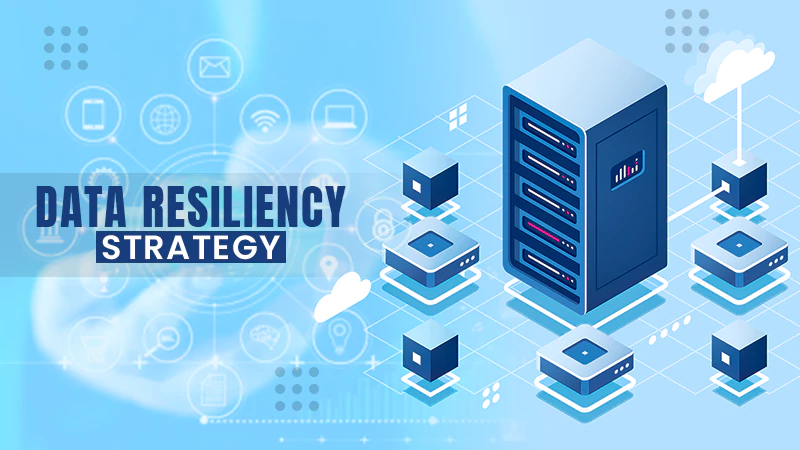
In this digital age, the prime aspect of development has turned out to be the website. In other words, websites or web pages place a lot of emphasis on evolution. With modern software development techniques, a lot of new features, qualities, designs, layouts, etc. are introduced with time.
When you enter a website’s address and hit ‘enter’, a swift load unveils a vibrant webpage with perfect layouts and visuals. These pages are masterpieces of web developers. The digital transformation of businesses means constant opportunities for developers.
This field has three main pillars: front-end, back-end, and full stack. If you want to know more about these 3 processes, read the whole article till the end.
Front-End Development:
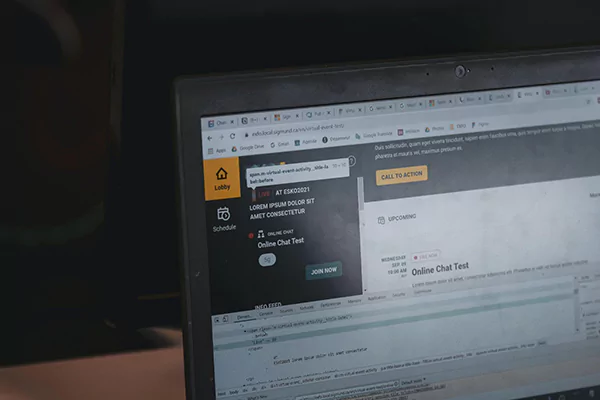
Front-end refers to the user-facing aspect of the website—everything from fonts, and colors, to dropdown menus. This interface is a product of HTML, CSS, and JavaScript. Front-end developers, hence, should be proficient in these languages and familiar with frameworks such as Bootstrap, AngularJS, ReactJs, and libraries like jQuery.
A significant part of their job also involves collaborating with designers to transform mockups into live websites. They play a pivotal role, akin to an interior designer beautifying a house constructed by a back-end developer.
Back-End Development:

The back end makes the front end feasible. It revolves around servers, applications, and databases. A backend app development company, like Sombra, employs developers skilled in server-side languages such as PHP, Python, and Java.
They use tools like MySQL and SQL Server to manage data. JP Toto, a seasoned back-end developer, said, “I love manipulating data. Creating APIs the public finds useful is rewarding.”
When you visit a site, its servers communicate with your device, translating it into the page you view – that’s the magic of the back-end.
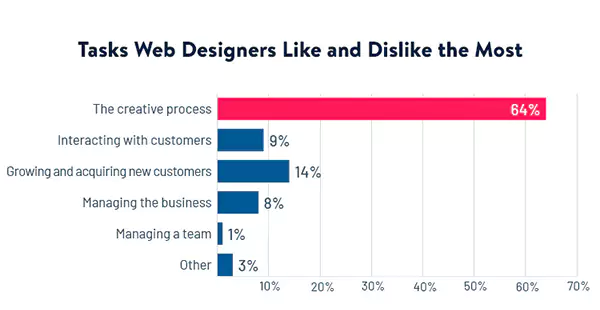
Statistics: This interesting graph above shows different types of tasks that web designers like and dislike the most. You can see the most interesting thing that designers find about web development is the freedom to have a creative point of view towards their project. Next up, growing and acquiring new customers is the second most embracing task, followed by interacting with customers, and managing the business.
Full Stack Development:

Blurring the lines between front-end and back-end is the full stack developer. These developers have expertise in both domains, ensuring they can work on the entire “stack” of technology.
Federico Ulfo, a developer, equates mastering both ends of development to excelling in both cooking and baking—it demands time and experience. These developers, thus, have a comprehensive understanding of web operations, from setting up servers to crafting the user interface.
Web development, at its core, is a blend of creativity and technical prowess. It doesn’t strictly revolve around coding or design, but a symphony of both and much more. The front end ensures that the user sees a visually appealing and responsive interface, the back end ensures all the intricate processes happening behind the scenes work flawlessly, and it encompasses a holistic approach, merging both worlds.
The digital age shows no signs of slowing down. With businesses, institutions, and even individual creators striving for an online presence, the demand for skilled web developers is soaring. From startups to multinational corporations, everyone seeks a robust online platform.
According to the Bureau of Labor Statistics, the web field is projected to grow 13% from 2018 to 2028, much faster than most occupations. This growth is driven by the increasing popularity of mobile devices and e-commerce.
Moreover, with the rise of remote work culture, especially post the COVID-19 pandemic, many businesses are making a paradigm shift to digital platforms. This not only demands new websites but also the revamping of existing ones to cater to the new normal.
Which One is Better?
Since each one of these processes holds its own significance, they play different roles that are necessary on their own. However, comparing them would give a clear idea of which one suits you and what will be best for you.
| Full Stack Development | Front End Development | Back End Development |
| Enables both sides of development (Front end, back end) | Takes care of the client side | Takes care of the server-side |
| Demands knowledge of at least one back-end language and front-end technology | Demands knowledge of HTML/CSS, React, Vue.js, and Angular | Ruby, PHP, Node.js, Java, Python, etc. |
| Complete the lifecycle of the web application | Improves the program’s usability and aesthetic | Database Management |
With this comparison, we hope that you will be able to find a clear picture of what is the best option for you and which one of these development practices will suit you the best for your future endeavors. We hope that you will be able to be a part of either of the strategic approach to web development.


